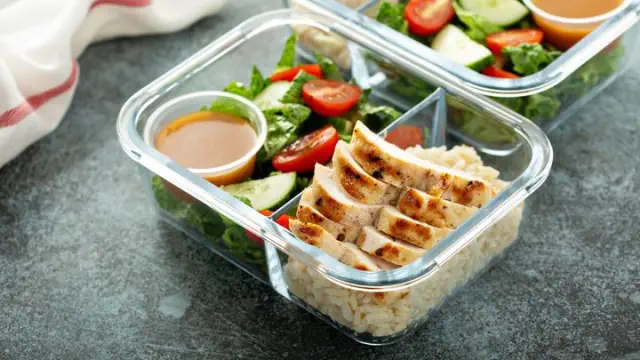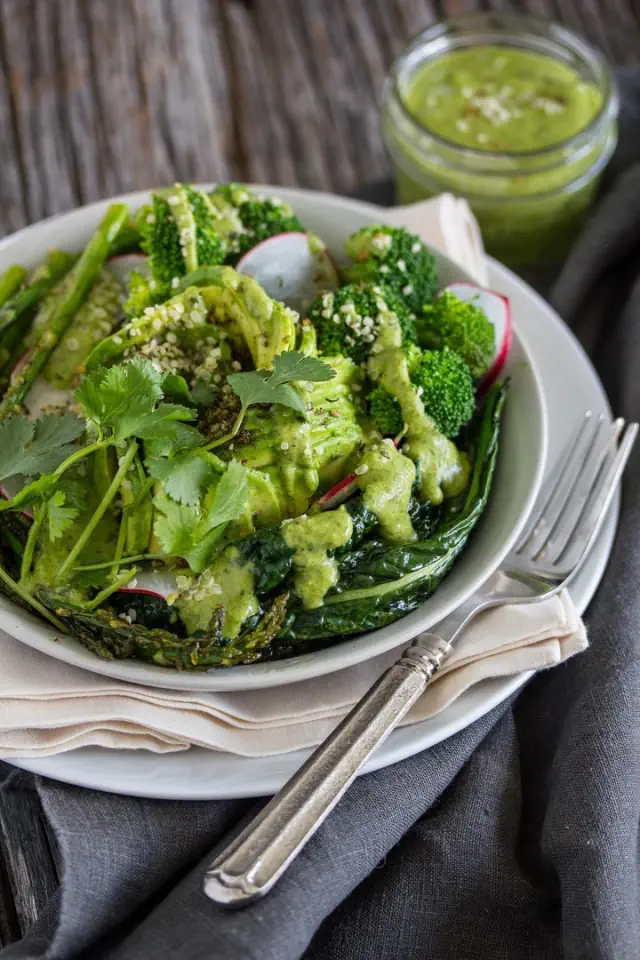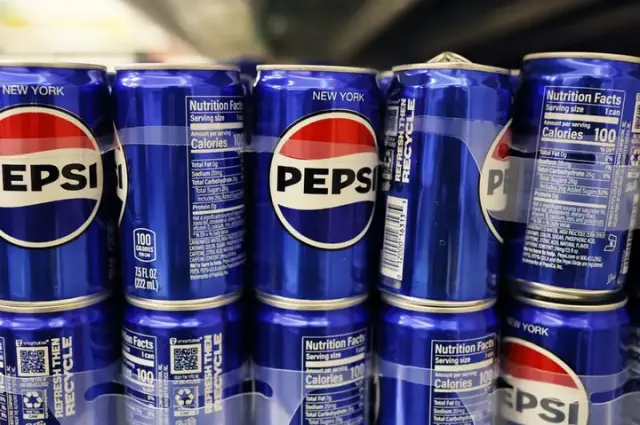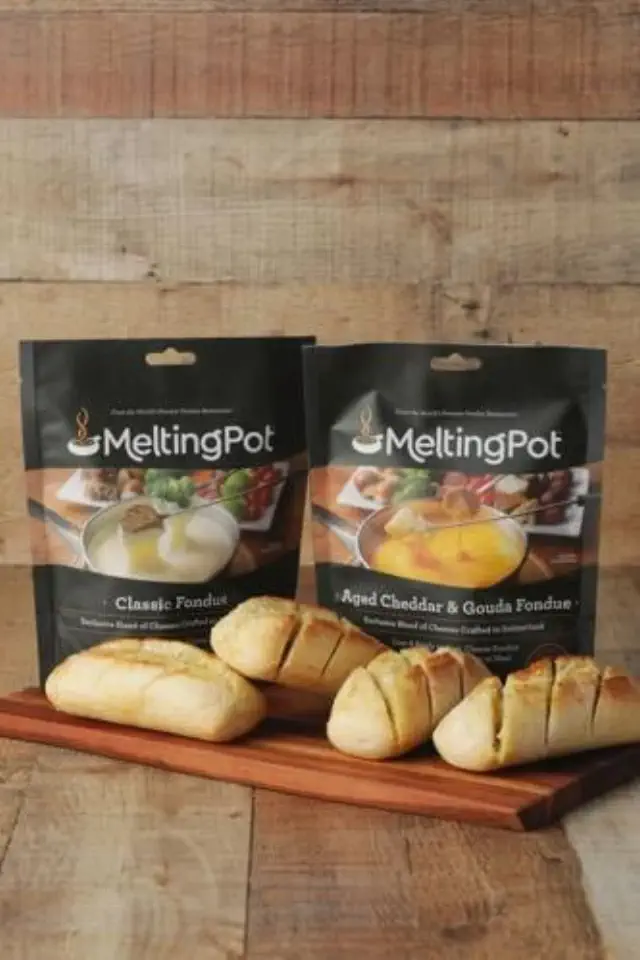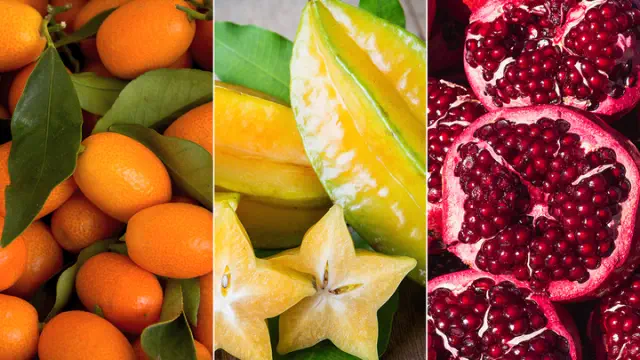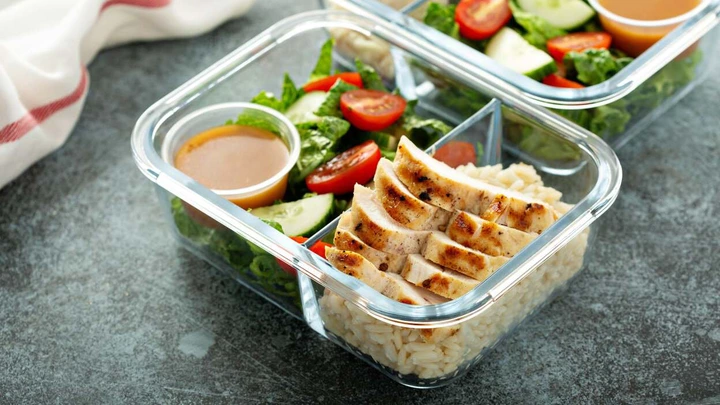
View pictures in App save up to 80% data.
We could receive a commission from the links found on this page.
When you get serious about your fitness goals, one first step is usually to get your nutrition in order. You want to get enough protein to support your muscles, fruits and vegetables for health, carbs for fuel, and a total amount of calories that supports your activity and your goals without undereating or overeating.
Planning your meals in advance, often referred to as "meal prepping," can be incredibly beneficial. Rather than pondering over lunch choices, you simply take a container from the refrigerator and warm up the prepared food. This level of convenience is hard to match, and meal prepping ensures you adhere to your dietary goals. While a bodybuilder may find his daily chicken and broccoli routine monotonous, he appreciates the consistent protein intake without needing to think about it. (Rest assured, your meals will be far more delicious!)
But meal-prepping has its pitfalls. Maybe you will get bored with your meals. Or maybe you won’t even get that far, and you’ll burn out just from the mental and physical effort of cooking a whole week’s meals at once. With that in mind, here are some beginner tips to ease into the process with your sanity intact.
Find your favorite breakfast option.
Before we start prepping anything, let’s start planning. Most of us are fine with eating the same breakfast every day, and there’s a good chance you already have a few favorite breakfasts that you can throw together quickly before you’ve fully woken up.
So, your first step is to come up with a breakfast that fits your macros and that is easy to prepare. We’re taking baby steps here, so don’t worry too much about prepping this ahead of time. Just make sure that it will be ready when breakfast time arrives.
For example, maybe your breakfast is yogurt and fruit. That’s easy enough: Buy some yogurt and buy some fruit. In the morning, you can put the two together. Or you can make something the night before to grab on your way out the door. A smoothie in a jar is perfect—just shake it in the morning and it's ready to drink. (Don't use ice, since ice melts, but frozen fruit is fine.) Or for another option, I like to make Bircher muesli two servings at a time, since each calls for half an apple. So on Sunday night, I’ll prep jars for Monday and Tuesday. On Tuesday night I’ll make another pair.
Keep your takeout containers for future use.
When you start packing up dinners and lunches, you’ll need something to put them in. While cute little bento-esque Tupperwares may look nice, you may decide you don’t actually want all those divided containers. Or the boxes you buy may turn out to be the wrong size once you start filling them. Save money and time by selecting one or two types of takeout container that you get plenty of, and save those whenever you get them. I like the flat rectangular ones and the round one-pint soup containers.
Once you've figured out what you like, I'll admit there is a convenience to buying yourself some containers. Here's a fresh 50-pack of those rectangle containers, to save you from having to eat 50 takeout meals first. And if, unlike me, you enjoy packing lunches bento-style, you can get divided containers. (I like eating bento lunches, but it's work to come up with something to fill each compartment. Much easier to make a one-pot dish that fills the container by itself.)
For something more durable, these are made of thicker plastic. I'm too clumsy to be trusted with glass containers, but perhaps you are not. These are more expensive than the options above—around $5 each, while the semi-disposables were more like 50 cents—but they'll last forever if you take care of them.
As you collect your supplies, don't forget to include a Sharpie and some masking tape (or, if you like, decorative labels). It's important to label each meal, even if it's just a straightforward note like "PASTA" or "CHICKEN," to help differentiate your lunches. If you're preparing meals for multiple people, feel free to add their names too.
Once you've established a routine of enjoying your planned breakfast each day, the next step is to select a second meal. For many, this will likely be lunch. By doing this, you’ll have your first two meals sorted out, leaving you the flexibility to arrange any dinner plans you prefer. (It's perfectly acceptable if you choose to stay at this stage indefinitely.)
I also recommend, at least at first, not planning for seven days at a time. Since I work a Monday-through-Friday job, I like to prep my weekday meals and then wing it on the weekends. (A weekend menu for me usually involves my regular breakfast, some kind of meal scrounged from leftovers, and often a takeout meal or two.)
For your initial cooking adventure of the week, I suggest selecting a recipe that yields three servings. By preparing two different recipes, you'll have enough meals to last through the work week, plus an extra portion. You can even switch between the two dishes for variety.
A key food safety tip: Meals that you prepare on Sunday may not be at their best quality by Saturday. I suggest considering one of the following approaches:
On Sunday, make one dish and divide it up for Monday, Tuesday, and Wednesday meals; then on Wednesday night, make another three-serving dish for the second half of the week.
On Sunday, make both your dishes so you can alternate. Pop three of the meals into the freezer. Then, on Tuesday or Wednesday, take them out of the freezer to begin to thaw. If a meal is still slightly frosty at mealtime, just microwave it a little longer.
Test a recipe before making a long-term commitment.
Ready to start making that first meal? Hold up: Did you choose a recipe you actually like? I’m not asking whether it looks good in photos. The ideal meal prep recipe is something that you have not only eaten in the past, but also one where you have an idea of how well it reheats.
That means that you can stay off the recipe websites for now. Choose an old favorite; you can get experimental later. And if you ever become tempted to make, say, a month’s worth of food on your meal prep day, definitely try that exact recipe out in a one-week batch first.
Embrace relaxation.
I have to say, this is my top tip. When I first began meal prepping, I would dedicate a whole Sunday afternoon to grocery shopping and cooking. By the end of it, my feet would be sore, and I’d still have other household tasks left undone. Instead of saving time and energy, it felt like I was simply shifting them around.
I've improved quite a bit since that time. One of my go-to meal preps involves grabbing two bags of chimichurri rice from Trader Joe's and a pound of ground beef. After heating them up, I mix them together, and in just about 15 minutes, I have four delicious lunches ready for the week, each fitting snugly into those round soup containers. Do I mind giving Mr. Joe some of the credit for my kitchen skills? Not at all!
Even when cooking from scratch, it's not cheating to find ways to be more efficient. Buy frozen veggies, since they’re already chopped. Get a rice cooker if you find yourself using rice for a lot of your meals. If there’s a special homemade sauce or condiment you want to use, allow yourself that one labor-intensive item, and make sure your other tasks are simple ones.
For example, most items in the animal and vegetable kingdoms can be thrown onto a sheet pan and roasted. I’ll buy some frozen fish and fresh or frozen veggies (both very healthy options, sometimes more so than fresh) and then roast a tray of each with appropriate seasonings. (Olive oil and garlic salt are perfect for broccoli or, to be honest, any vegetable.) Chicken tenderloins marinated in mayo are another protein option that go with anything and can be prepared en masse. Thanks to the extra moisture, they reheat superbly well.
The concept is simple: prepare an easy meal, only cook what you can realistically finish, and store it in the containers you already possess. Don’t worry about achieving perfection right away; you’ll improve your process as you go along.
